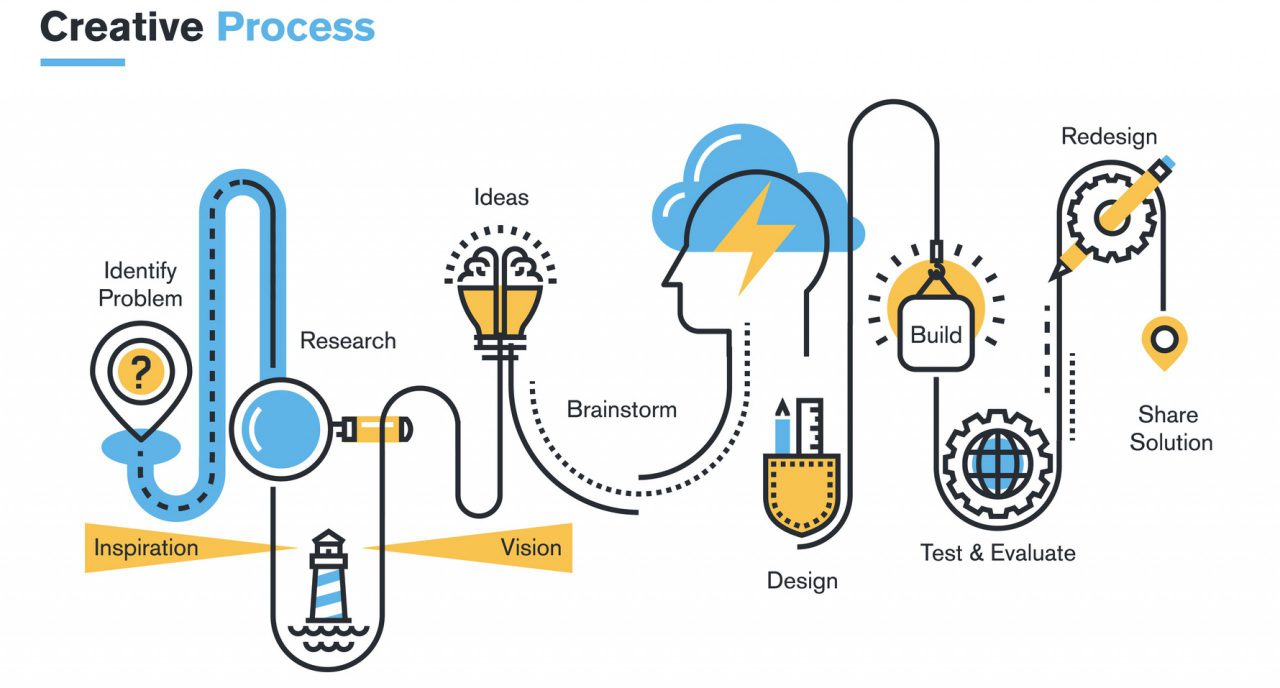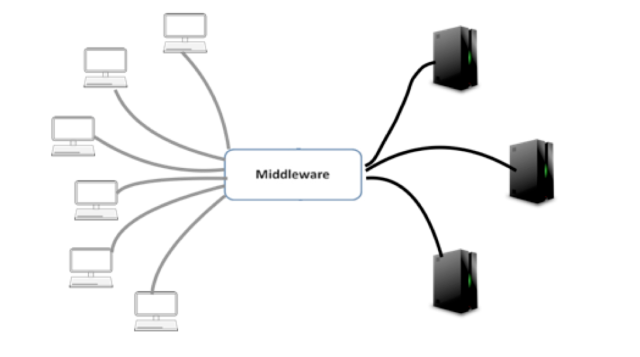If you have been a C-Class executive, Project Manager, Financial Analyst, CIO, in Middle Management or even among the IT developer community, I am quite sure you must have heard the word “STAKEHOLDER”.
STAKEHOLDER, as per business dictionary:
– a person, group or organization that has an interest or concern in that organization
And as per Merriam-Webster dictionary:
– a person or business that has invested money in something (such as a company)
– a person who holds the money that people have bet on something and then gives it to the winner
So, in a nutshell, stakeholders are the entities that can either affect or be affected by the organization’s actions, objectives and policies.
As we all agree that not all stakeholders are equal, there has been numerous attempts to classify them. Different groups over a period of time have come up with their own way to toss around the trendy buzzword to suit their purposes. Some of the commonly heard classifications are: Employees & Customers, Board of Directors, Partners, Stockholders, Funders & Donors, Internal & External, Primary & Secondary, Direct & Indirect, etc.
This can keep going on almost endlessly. What’s the point? How does this help? With such a huge list, it has merely caused confusion and diluted the relevance at the same time. Thus, following the principles of simplicity, my personal choice of classification will be:
GOOD,
“BAD”, and
UGLY.
GOOD stakeholders are entities that are committed to the survival of an organization, irrespective of how they are classified. They strive to be a positive influence and are the committed winds for the sail of an enterprise. These are entities to be preserved.
“BAD” stakeholders are people or groups that have a reason, purpose, desire or the potential to challenge the functioning of an organization. Again they can be anyone. They generally act as a reality check and introduce hard truths that at the end of day help enterprises make tough decisions in the right directions. “BAD” are key players and should be kept around.
UGLY stakeholders, are self-centered opportunists whose sole purpose of engagement with an organization is egomaniacal. They hardly bother to understand the purpose and reason for the existence of that organization and they linger until their self-interests are served. Again, they are widespread and can be found in every group: employees, customers, shareholders, stockholders, partners, etc. They should be watched, avoided, discarded or kept in check. They are the ones who have the potential to make a huge organization fail.
The history of the rise and fall of large (even ginormous) organizations can be very clearly seen through the glass of GOOD, “BAD“ and UGLY. The emphasis of organizational culture has been an attempt to eliminate the sanctimonious use of the word Stakeholder and to especially help distinguish the GOOD from the UGLY, but this has been very confined to the Employee group, which is not sufficient enough.
So, next time when you are up to the challenge of understanding your stakeholders, remember THE GOOD, THE “BAD“ and THE UGLY.

